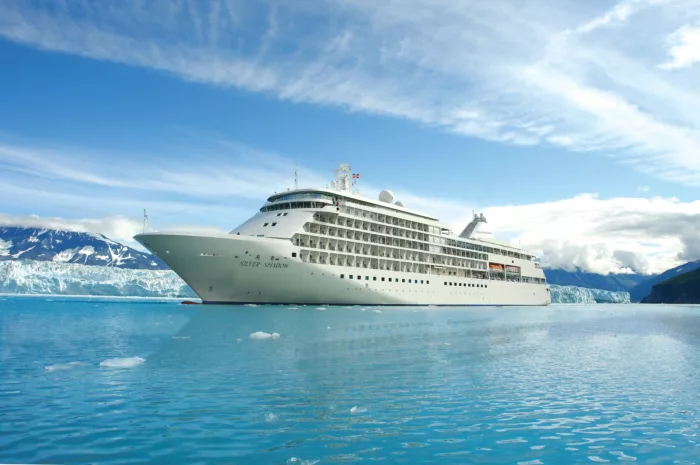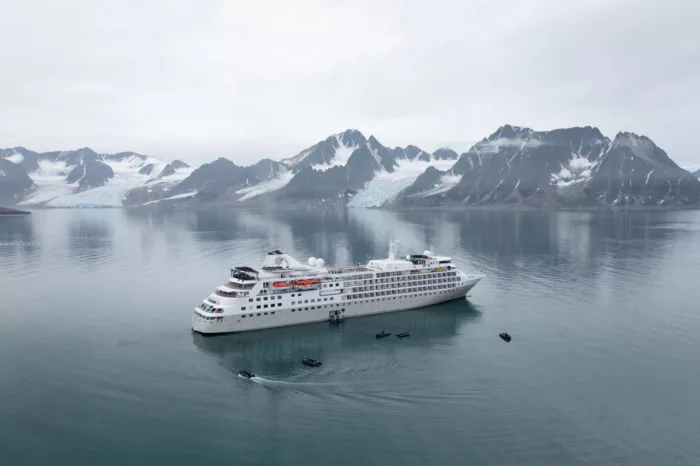Silversea Cruises
Wellness should be about balanced indulgence, not self-sacrifice - that's the philosophy behind Silversea's new programme called Otium, named after the Roman leisure time dedicated to bathing, talking, singing, drinking, eating and relaxing. The easygoing regime includes a 24-hour room-service menu of comfort food, as well as new spa treatments, relaxing baths and hot chocolate served on your balcony.
596
Passengers
411
Crew
2017
Launched
40700t
Tonnage
213m
Length
26m
Width
20kts
Speed
8
Decks
USD
Currency
Cruise Itinerary
Day 1
Mumbai (ex Bombay), India
Days 2 - 3
At Sea
Relax and make the most of the myriad of facilities available on board the ship, from fantastic entertainment to delicious and diverse dining options.
Day 4
Muscat, Oman
Day 5
At Sea
Relax and make the most of the myriad of facilities available on board the ship, from fantastic entertainment to delicious and diverse dining options.
Day 6
Salalah, Oman
Days 7 - 9
At Sea
Relax and make the most of the myriad of facilities available on board the ship, from fantastic entertainment to delicious and diverse dining options.
Day 10
Jeddah, Saudi Arabia
Day 11
At Sea
Relax and make the most of the myriad of facilities available on board the ship, from fantastic entertainment to delicious and diverse dining options.
Days 12 - 13
Safaga, Egypt
Day 14
Ain Sukhna, Egypt
Day 15
,
Day 16
At Sea
Relax and make the most of the myriad of facilities available on board the ship, from fantastic entertainment to delicious and diverse dining options.
Day 17
Heraklion (Iraklion), Crete, Greece
Day 18
Piraeus, Greece

Day 1
Mumbai (ex Bombay), India

Days 2 - 3
At Sea

Day 4
Muscat, Oman

Day 5
At Sea

Day 6
Salalah, Oman

Days 7 - 9
At Sea

Day 10
Jeddah, Saudi Arabia

Day 11
At Sea

Days 12 - 13
Safaga, Egypt

Day 14
Ain Sukhna, Egypt

Day 15
,

Day 16
At Sea

Day 17
Heraklion (Iraklion), Crete, Greece

Day 18
Piraeus, Greece
Ship Details

Silversea Cruises
Silver Muse
Silver Muse is our inspirational work of art. With her eight dining venues, spacious outdoor areas and up-to-the-minute technology, she’s the best place between sea and sky.
Cabins
All Prices















